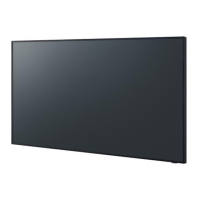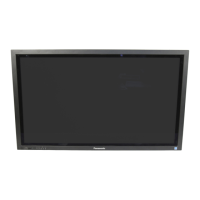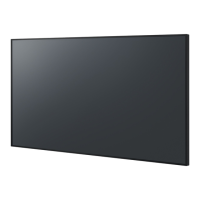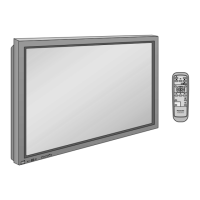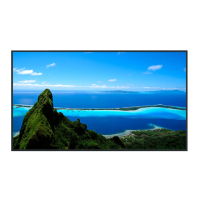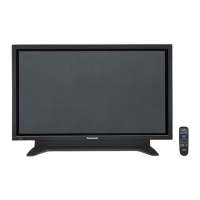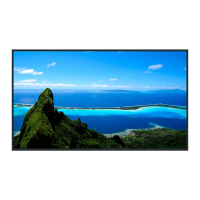- 165 -
: MONO
■ Available mode indicator for each type of broadcast
●
NICAM - Used in New Zealand, Singapore, Hong Kong, etc.
– Regular broadcast (Standard Audio): No indicator /
– Regular + NICAM MONO I (MAIN I): /
– NICAM STEREO: /
– NICAM DUAL MONO (MAIN I / SUB II): / /
●
A2 (German) - Used in Australia, Malaysia, etc.
– Regular broadcast (Standard Audio): No Indicator /
– BILINGUAL or DUAL MONO (MAIN I / SUB II): /
– STEREO: /
= Note =
●
If the stereo signal is poor or the receiving conditions are not optimum or if
STEREO:MONO automatic switching occurs, it is recommended to switch
from STEREO to MONO.
●
Even when the contents of the receiving signal undergo changes,
selection mode is kept intact.
●
When the receiving conditions deteriorate, listening will be easier if the
mode is set to the MONO position pressing the Sound Selection button.
●
DUAL, also known as DUAL MONO or as BILINGUAL is not currently
transmitted in some countries.
Digital Audio Preference
(Dolby D / MPEG)
Selects the initial setting for audio tracks.
Dolby D:
The priority is given to Dolby Digital.
MPEG:
The priority is given to MPEG.
●
Dolby Digital is the method of coding digital signals developed by the
Dolby Laboratories. Apart from stereo (2ch) audio, these signals can also
be multi-channel audio.
●
MPEG is an audio compression method that compresses audio to the
smaller size without any considerable loss of audio quality.
●
For Digital TV

